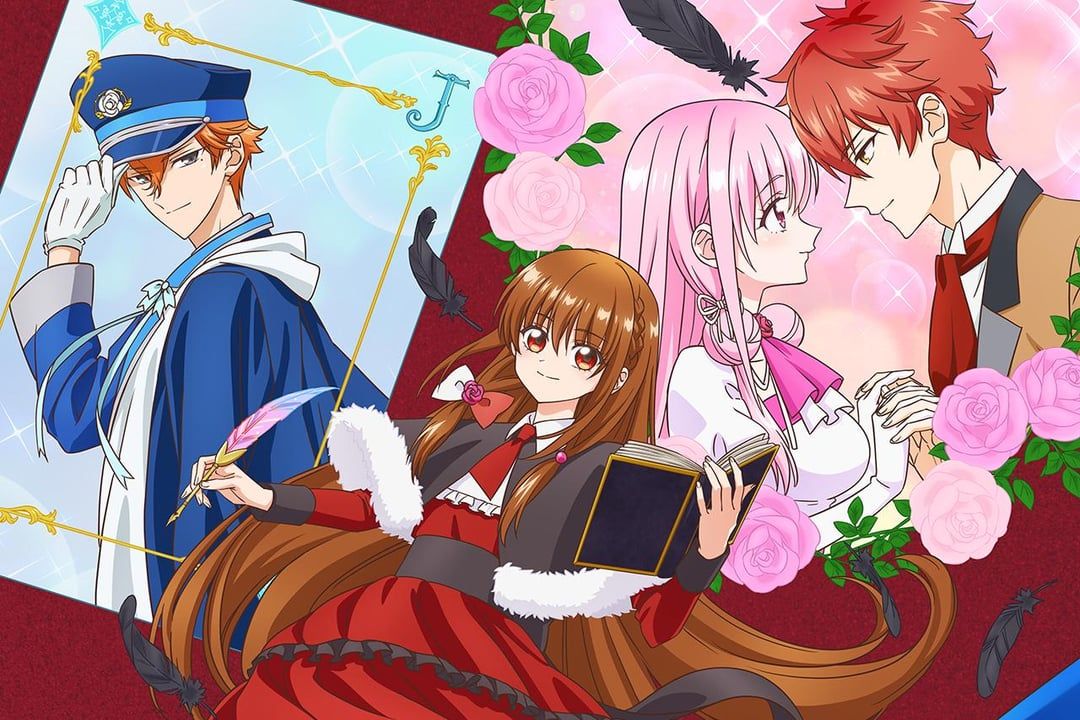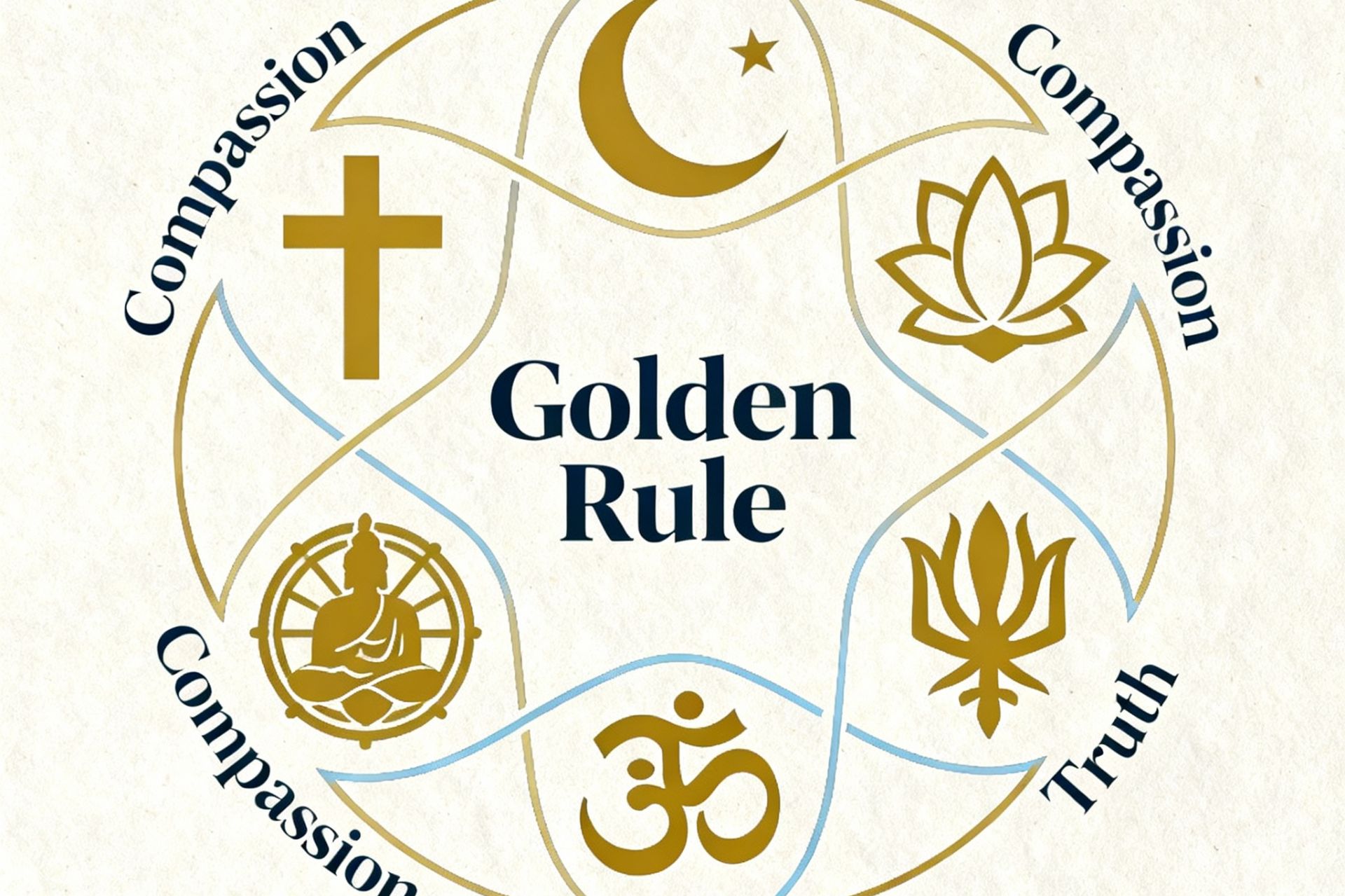The reincarnated villainess genre has exploded across manga, anime, and web novel platforms, captivating millions with stories of modern women reborn as the antagonists of their own fantasies. But beneath the romantic gothic aesthetics and empowerment narratives lies a complex web of psychological themes, problematic stereotypes, and surprisingly dark commentary on society that most fans overlook.
The Genesis of a Genre Built on Teenage Escapism
The phenomenon began with seemingly innocent origins. "The Dark History of the Reincarnated Villainess" by Akiharu Tōka exemplifies this trend perfectly - a working adult woman named Konoha Satou gets reincarnated into the world of a cringeworthy fantasy romance story she wrote during middle school. The twist? Instead of becoming the heroine of her own creation, she's trapped in the role of Iana Magnolia, the despicable villainess destined for death.
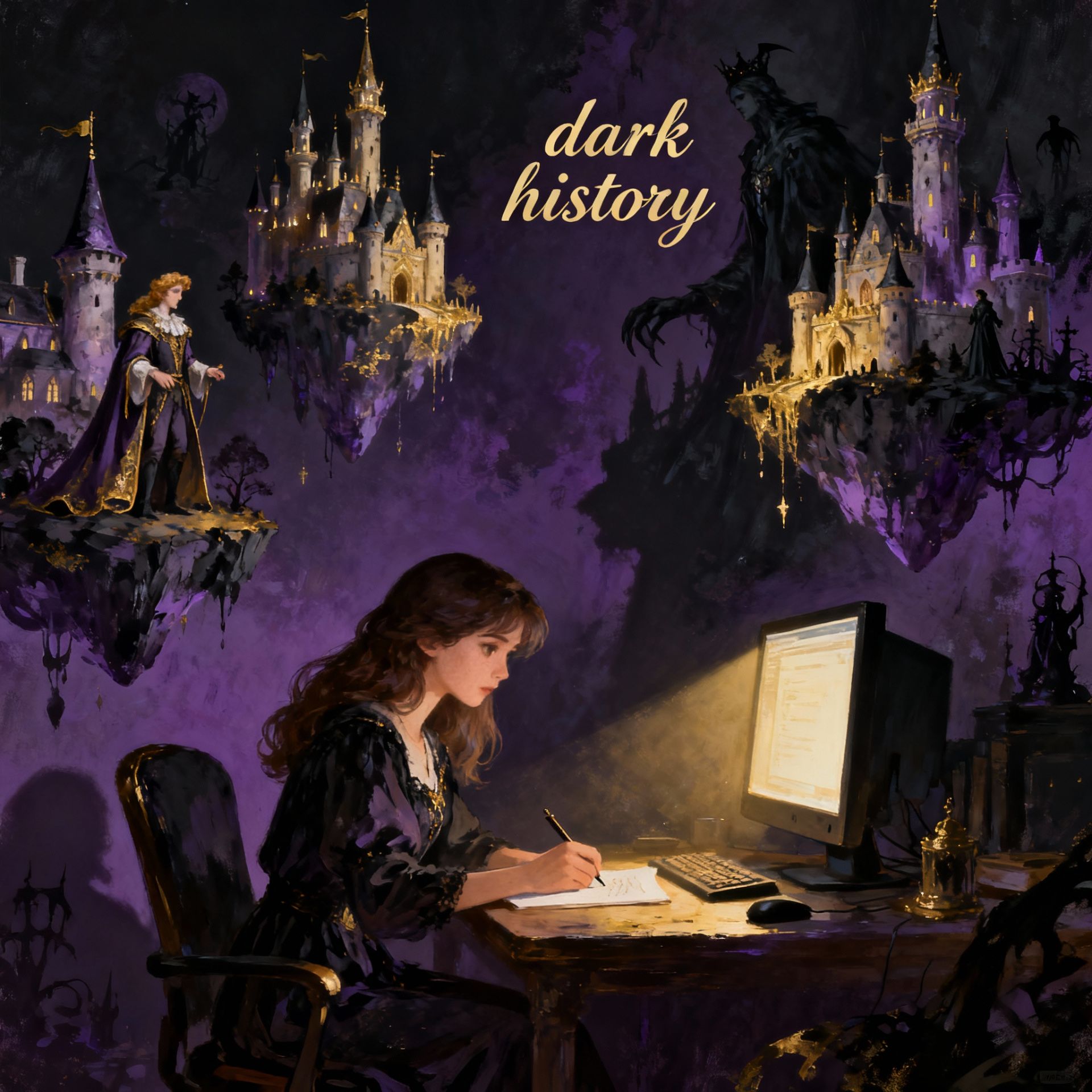
This meta-narrative approach reveals something unsettling about the genre's foundations. These stories aren't just about empowerment - they're about confronting the embarrassing fantasies we create during our most vulnerable years. The "dark history" referenced in the title isn't just the villainess's evil deeds, but the psychological baggage of adolescent escapism itself.
The Villainess Archetype: Rooted in Decades of Problematic Tropes
The blonde, ringlet-haired villainess isn't a modern invention. Manga artist Michiro Ueyama traced this character design back to classic shoujo manga from the 1970s, particularly Eliza from "Candy Candy" and rival characters from "Aim for the Ace!" and "Glass Mask". These archetypal "ojou-sama" characters embodied everything society feared about powerful women - vanity, jealousy, and aristocratic cruelty.
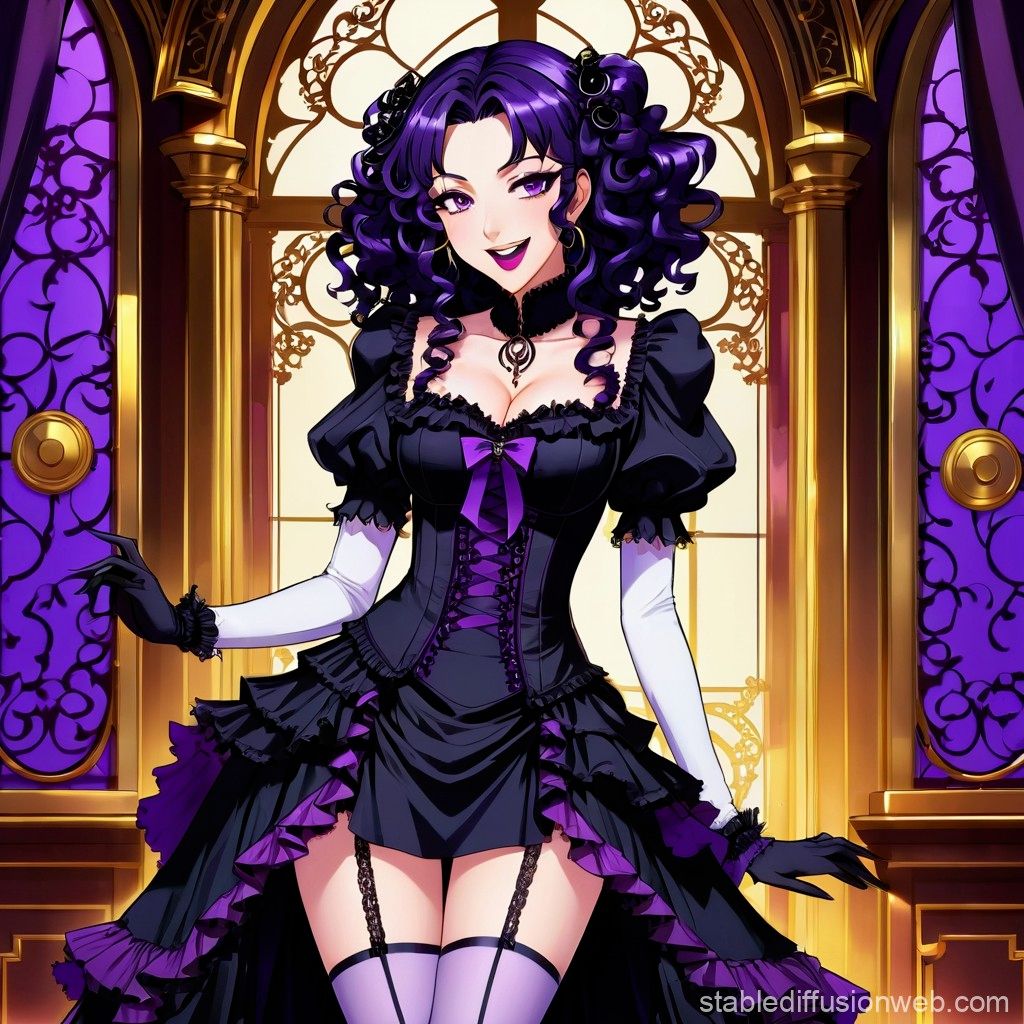
Research reveals disturbing patterns in how female villains are portrayed across media. Studies show that female villains are motivated by jealousy and vanity 28% of the time, compared to only 4% for male villains. Male villains pursue wealth (38%) and power (35%), while female antagonists are driven by petty emotional concerns. This reinforces harmful stereotypes about women being inherently more shallow and emotionally unstable.
The Dark Psychology of Identification and Projection
What makes the reincarnated villainess genre particularly concerning is how it exploits psychological projection. Readers don't just consume these stories - they identify with protagonists who must navigate systems designed to destroy them. The escapist fantasy becomes a coping mechanism for real-world feelings of powerlessness, particularly among young women facing societal pressures.
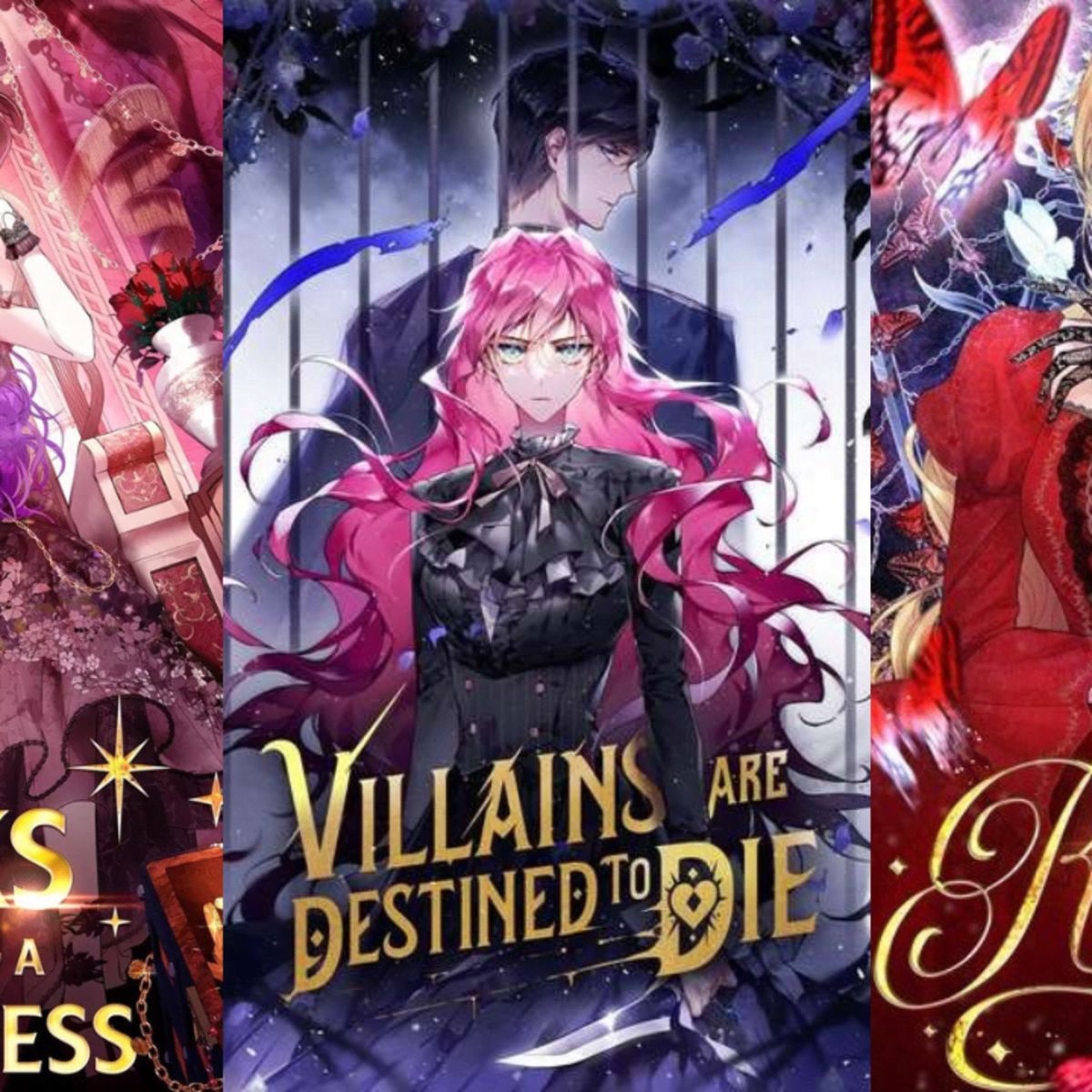
Dr. Curtis Lu's research on isekai's darker implications warns that "some take the concept too far, often getting lost in their own fantasies". The genre's malleable nature allows audiences to find whichever story suits their personal needs, but this can lead to unhealthy levels of escapism and an inability to distinguish fantasy from reality.
Problematic Power Dynamics and Social Commentary
The villainess genre often presents itself as feminist empowerment, but closer examination reveals troubling undertones. Many stories feature protagonists who gain power through manipulation, revenge, and sometimes violence. While framed as justice, these narratives can normalize toxic behaviors as acceptable responses to mistreatment.
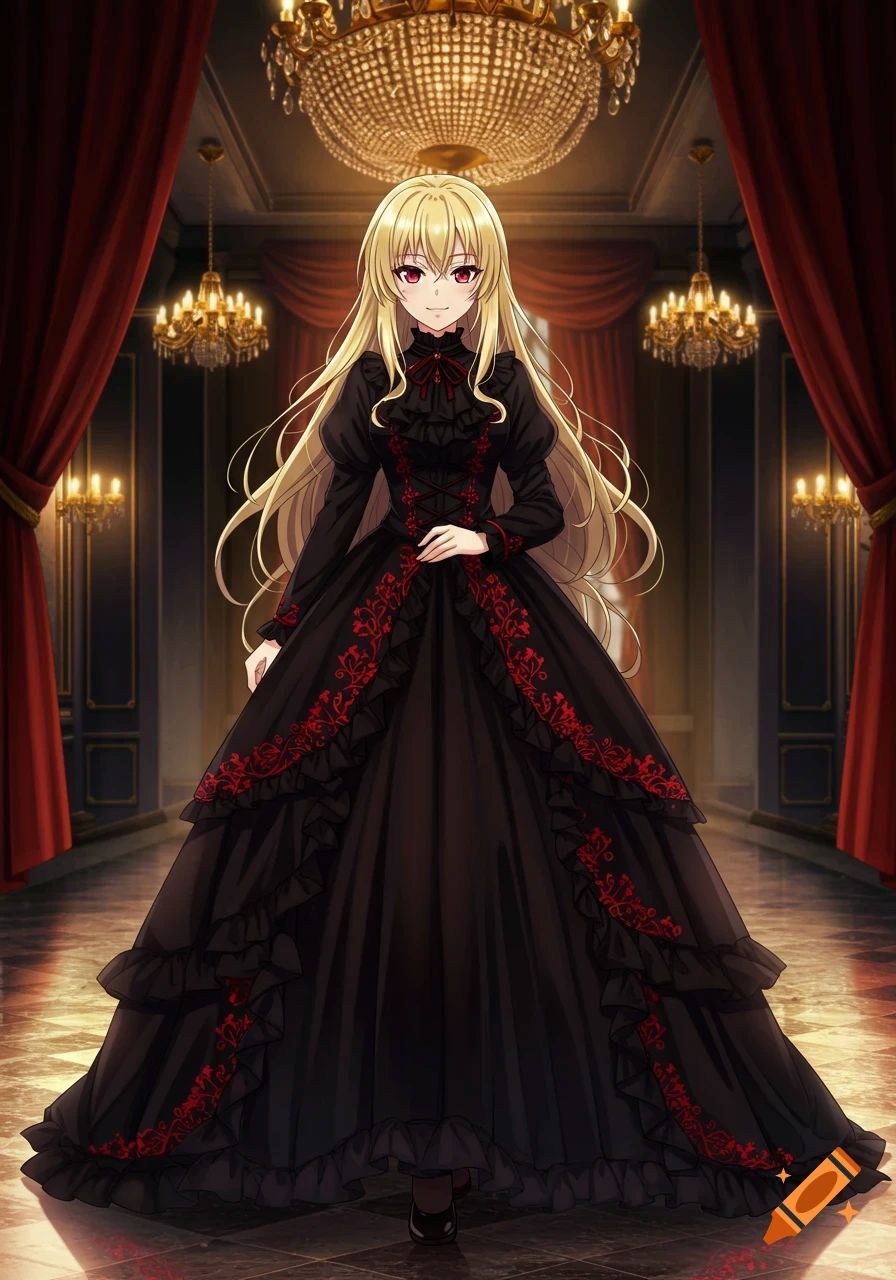
The genre's treatment of class warfare is particularly problematic. Stories like "I'm in Love with the Villainess" attempt to address systemic issues but often reduce complex social problems to "evil mastermind" plots that can be solved through individual action rather than structural change. This oversimplification can actually hinder real understanding of societal issues.
The Anime Industry's Exploitation of Dark Themes
The recent anime adaptation of "The Dark History of the Reincarnated Villainess" premiered in October 2025, with Studio Deen capitalizing on the genre's popularity. The series has already garnered over 1.7 million copies in circulation, demonstrating the commercial viability of these psychologically complex narratives.
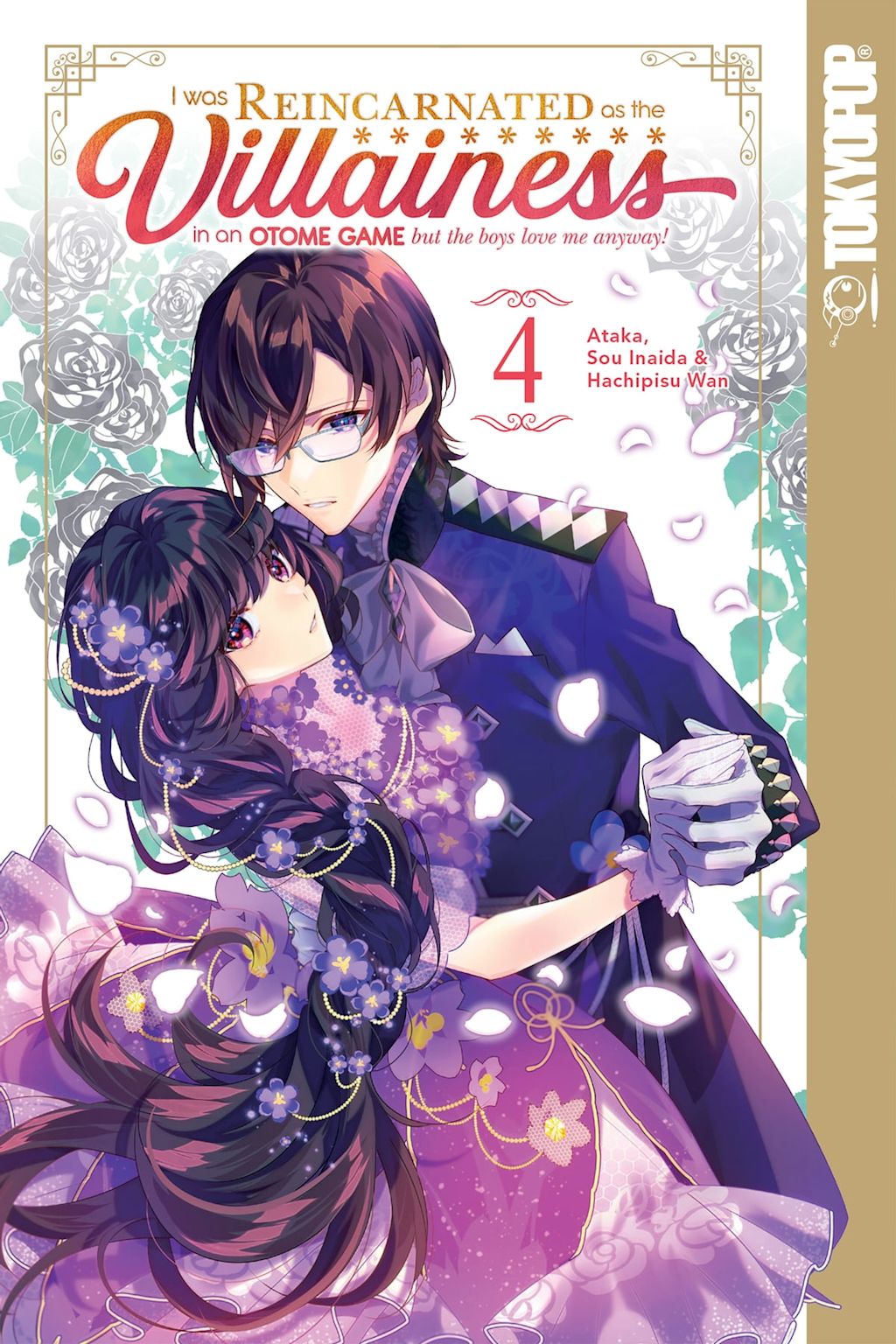
However, the anime industry's treatment of these stories often sanitizes their darker elements for mass consumption. The humor and romantic elements are emphasized while the psychological complexity and social commentary are downplayed, creating a disconnect between the source material's intentions and its media presentation.
The Feminist Paradox: Empowerment or Regression?
Critics argue that the villainess genre presents a "feminist paradox" - while seemingly empowering female protagonists, it often reinforces the very stereotypes it claims to subvert. The focus on beauty, romance, and social status as primary concerns perpetuates traditional gender roles despite the stronger character development.
The genre's emphasis on avoiding "death flags" and securing romantic relationships as ultimate goals can undermine more meaningful forms of female empowerment. Success is still largely defined through male approval and romantic validation, even when protagonists are supposedly breaking free from traditional narratives.
The International Spread and Cultural Impact
The villainess trend has spread beyond Japan, with Korean manhwa like "Villains Are Destined to Die" and "The Villainess Turns the Hourglass" gaining international recognition. These adaptations often incorporate even darker themes of revenge and systematic oppression, reflecting different cultural anxieties about power and gender.
The global popularity of these stories reveals universal themes about female anger, societal expectations, and the desire for agency. However, it also demonstrates how problematic stereotypes can spread across cultures through popular media.
The Future of a Psychologically Complex Genre
As the reincarnated villainess genre continues to evolve, it's becoming increasingly sophisticated in its psychological exploration. Newer titles are beginning to address the problematic elements directly, creating more nuanced characters who acknowledge the complexity of their situations without romanticizing toxic behaviors.
However, the genre's commercial success means that publishers continue to prioritize marketable tropes over meaningful character development. The challenge moving forward will be maintaining the psychological complexity that makes these stories compelling while avoiding the harmful stereotypes that have historically defined the villainess archetype.
A Genre That Reflects Society's Dark Mirror
The reincarnated villainess manga phenomenon isn't just entertainment - it's a psychological exploration of female rage, societal expectations, and the complex relationship between power and identity. While these stories offer cathartic fantasy fulfillment, they also perpetuate problematic stereotypes and can normalize unhealthy coping mechanisms.
Understanding the darker themes within this genre requires recognizing both its empowering elements and its potential for psychological harm. As these stories continue to shape popular culture, critical analysis becomes essential for both creators and consumers who want to engage with these complex narratives responsibly.
The "dark history" isn't just about fictional villainesses - it's about the psychological shadows we project onto our entertainment and the societal anxieties these stories both reflect and reinforce.
